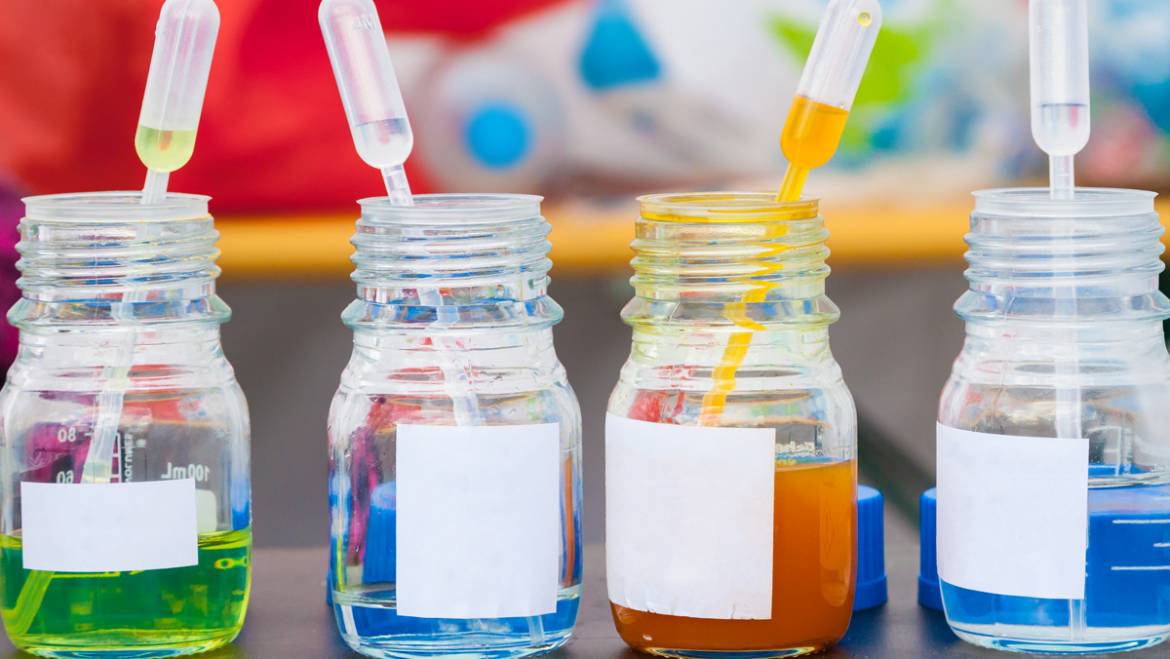Flow filtration is a rapid and efficient method for separation and purification of biomolecules. It can be applied to a wide range of biological fields such as immunology, protein chemistry, molecular biology, biochemistry, and microbiology. It can be used to concentrate and desalt sample solutions ranging in volume from 10 mL to thonds of liters. It can be used to fractionate large from small biomolecules, harvest cell suspensions, and clarify fermentation broths and cell lysates.
Flow Filtration works well for small volumes using centrifugal devices, however, It technologies can fall prey to problems with membrane fouling. To reduce the formation of a gel layer, cross flow can be generated on the upstream side of the membrane using a floating stir bar configuration (stirred cell) or by creating a controlled laminar flow. While stirred cell operations tend to improve the performance, they are still limited to achieving the optimal performance since the velocity and subsequent level of agitation is dependent on the sweep of the bar that varies along the radius of the sweep.
